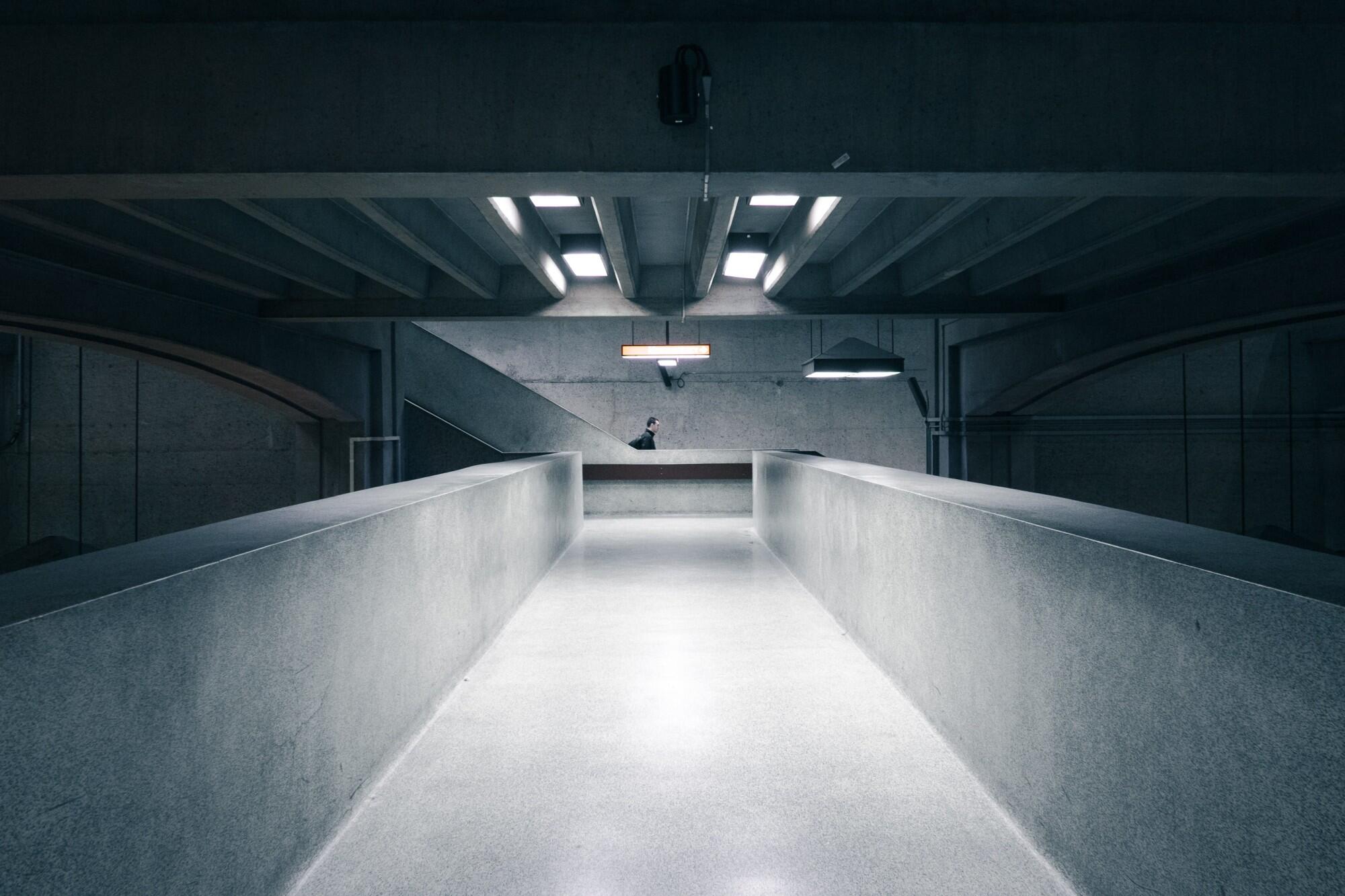Cracked, dull, and deteriorating floors. These are the nightmares of every commercial and industrial property manager and owner. The culprit? Poorly sealed concrete is a common yet overlooked issue that leads to premature wear, unsightly spaces, and spiraling maintenance costs.
For businesses operating in high-traffic environments, the state of your flooring isn’t just about looks. It’s a direct reflection of your operational efficiency and care for safety and sustainability. The challenge of maintaining pristine, durable floors amidst constant activity can seem daunting.
However, with the right knowledge and approach to sealing concrete, this challenge transforms into an opportunity. This article dives into the essential practices and pitfalls in the world of sealed concrete to equip you with the insights needed to turn your flooring from a potential liability into a long-lasting asset. Read on to explore how to sidestep common mistakes and adopt best practices that ensure your floors remain in top condition.
What is Concrete Sealing?
Sealing concrete is like putting a protective coat on your favorite jacket to keep it safe from rain and stains. It’s a process used to protect concrete floors from damage, stains, and wear.
Imagine a busy warehouse or a bustling shopping center. The floors in these places take a beating every day from foot traffic, spills, and machinery. Without a protective layer, the concrete can quickly become cracked, stained, and worn out.
Sealing concrete helps to prevent these issues and makes the floor last longer and look better.
The benefits of sealing concrete go beyond just making the floor look nice. It also creates a barrier against moisture, which can cause the concrete to weaken and crack over time.
In places where the weather can be harsh, this is especially important. Sealing helps to keep the concrete strong even when it’s rainy or snowy outside.
Plus, a sealed concrete floor is easier to clean. Spills can be wiped up quickly without leaving stains.
Best Practices for Sealing Concrete
Before sealing concrete, the first step is to make sure the surface is ready. This means doing a thorough surface cleaning. Dirt, grease, and any previous coatings need to be removed. If the concrete isn’t clean, the sealer won’t stick properly, leading to uneven application.
Sometimes, the concrete might need repairs too. Cracks and holes should be filled in, so the surface is smooth and ready for sealing.
Choosing the right type of sealer is crucial. There are different types of sealers including acrylic, epoxy, and polyurethane. Each has its own set of benefits.
Acrylic sealers are great for outdoor spaces because they don’t yellow in the sun. Epoxy sealers are super durable which makes them perfect for high-traffic areas. Polyurethane sealers add a high-gloss finish that can make a space look brighter and more inviting.
When it comes to applying the sealer, using the right technique is key to getting a good finish. The goal is to apply the sealer evenly across the entire surface. This can be tricky, and sometimes special tools are needed.
Also, personal protective equipment is a must. Sealing chemicals can be harmful, so it’s important to wear gloves, masks, and goggles to stay safe.
Common Mistakes to Avoid in Concrete Sealing
Sealing concrete seems straightforward, but some common slip-ups can turn a simple job into a big problem.
One of the biggest mistakes is not preparing the surface properly. If the concrete isn’t clean and smooth, the sealer won’t stick right which can lead to patches where the sealer is thin or missing. This can cause uneven application and make some areas less protected than others.
Another error is choosing the wrong type of sealer. With so many options available, it’s easy to pick one that doesn’t match the needs of your space. For example, using a sealer that isn’t durable enough for high-traffic areas can mean it wears away quickly and leaves your concrete unprotected.
Skipping the necessary steps for a good seal, like not fixing cracks or missing spots during application, can also lead to problems. Concrete chipping and further damage can happen if water and debris get into these unsealed areas. Plus, fixing these mistakes can cost more time and money down the line.
Hiring concrete sealing professionals can help avoid these common mistakes. They have the experience and knowledge to choose the right sealer and apply it correctly to ensure your concrete is protected and looks great.
Maintenance Tips for Sealed Concrete
Once your concrete is sealed, keeping it in top shape is important to make sure it lasts a long time.
Regular cleaning is key. Dirt and spills can wear down the sealer over time, so cleaning them up quickly helps keep the seal intact. For everyday cleaning, a soft broom or mop is enough to keep the surface clean.
It’s also smart to reseal your concrete periodically. Even the best sealer wears down over time, especially in areas with a lot of foot traffic or heavy machinery. How often you need to reseal depends on the type of sealer used and how much wear and tear your floor gets.
Finally, watch out for signs of wear, like dull areas or spots where the sealer seems to be thinning. Catching these early means you can fix them before they turn into bigger problems.
If you’re unsure about how to maintain your sealed concrete, reaching out to concrete sealing professionals for advice can ensure you’re taking the right steps to protect your investment.
Unlocking the Full Potential of Your Flooring
In navigating the complexities of sealed concrete, we’ve uncovered the pivotal steps and pitfalls that can make or break the longevity and performance of your flooring. At Global Polishing Solutions, our expertise extends beyond mere service provision. We’re dedicated to ensuring your floors embody durability and aesthetic appeal through cutting-edge sealing techniques.
Why settle for less when you can partner with professionals who prioritize your flooring’s integrity and your satisfaction? Reach out to us today for unparalleled concrete sealing solutions that promise more than just surface-level excellence.

Dwayne Lewis is a leading figure at Global Polishing Solutions, where his expertise in concrete polishing sets industry standards. Dwayne’s innovative techniques and commitment to quality have positioned Global Polishing Solutions as a pioneer in delivering durable, aesthetically pleasing polished concrete floors. His focus on efficiency, sustainability, and customer satisfaction drives the company’s success, offering tailored solutions to meet the unique needs of each project. Dwayne and his team are dedicated to advancing the field of concrete polishing, sharing their knowledge and experiences to help clients understand the benefits and applications of polished concrete in various settings.

